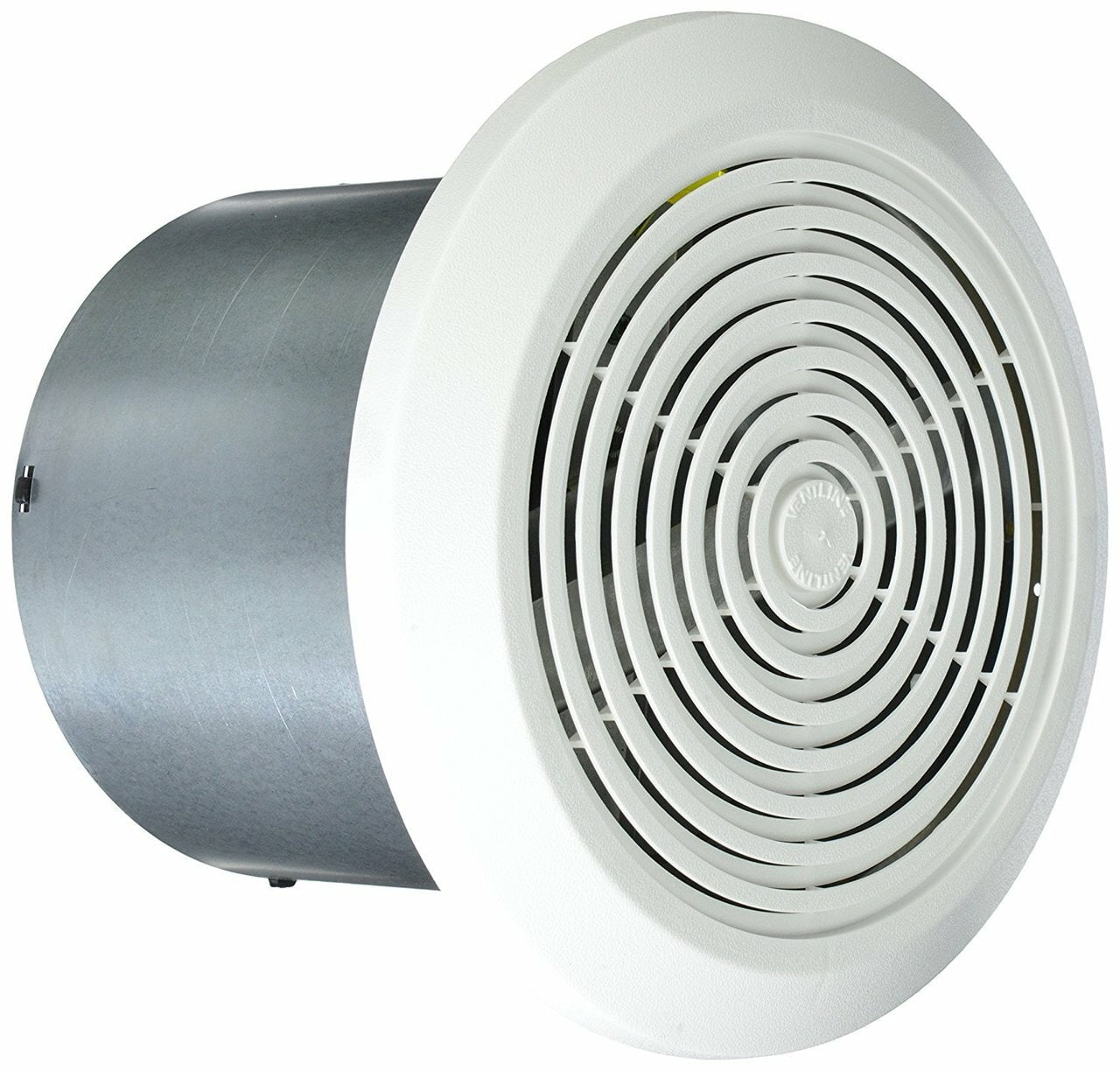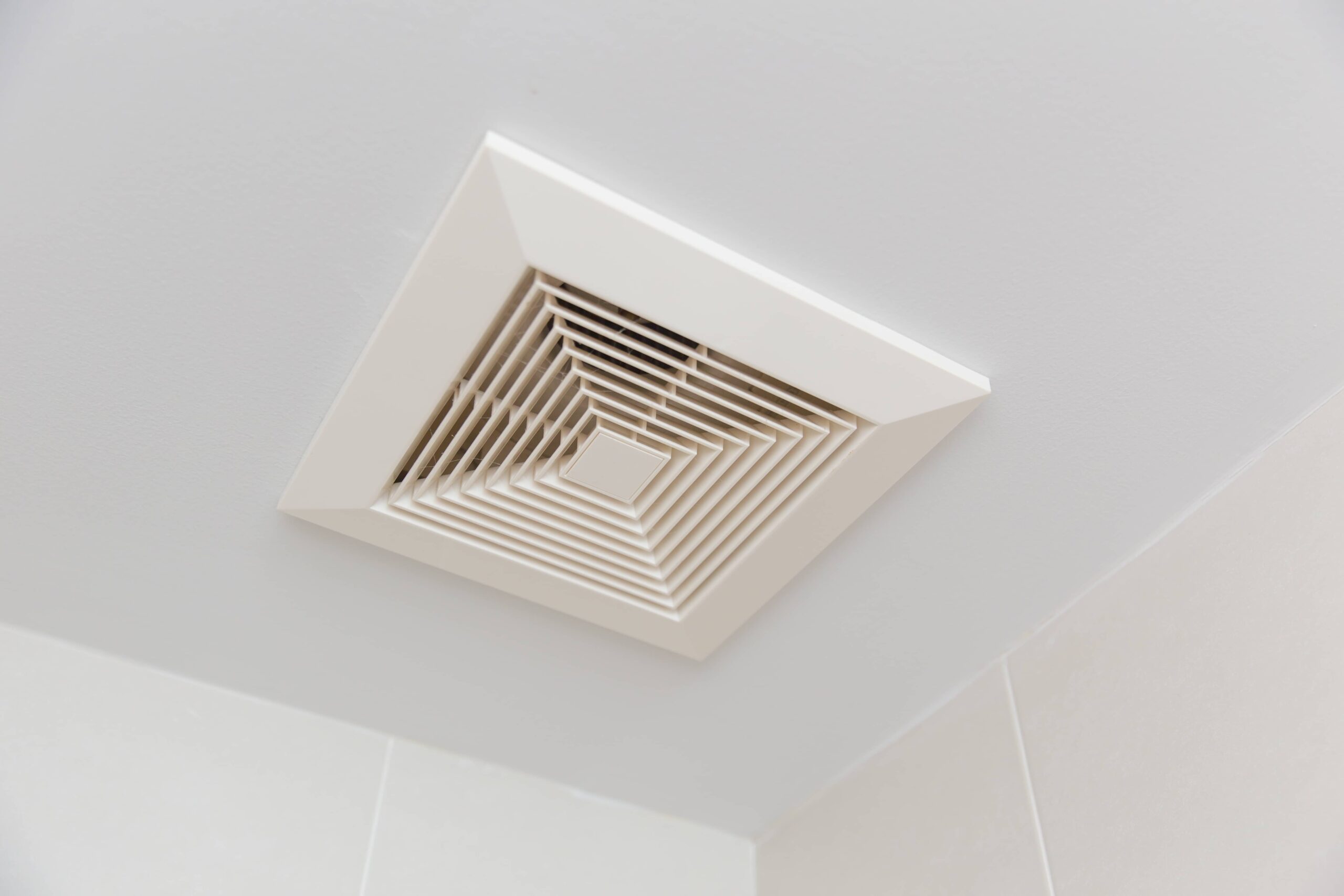Ventilation Considerations: How To Vent Bathroom Exhaust Fan In Attic

Proper attic ventilation is crucial when venting a bathroom exhaust fan into the attic. Inadequate ventilation can lead to moisture buildup, condensation, and mold growth, damaging the attic and potentially affecting the health of occupants.
To determine the appropriate fan size for your attic, consider the attic’s square footage and the fan’s airflow capacity, measured in cubic feet per minute (CFM). A general rule of thumb is to have a fan with a CFM rating of 1 CFM per square foot of attic space. For example, a 1,000-square-foot attic would require a fan with a CFM rating of 1,000.
Other factors influencing exhaust fan efficiency include airflow and CFM. Airflow refers to the volume of air moved by the fan, while CFM measures the rate at which air is moved. A higher CFM rating indicates a more powerful fan that can move more air. When selecting a fan, consider the size of the attic, the number of fixtures connected to the fan, and the length of the ductwork.
Installation Procedures

How to vent bathroom exhaust fan in attic – Installing an exhaust fan in the attic involves several steps, ensuring proper ventilation and preventing moisture buildup. Let’s delve into the details:
Selecting the Fan Location
Choosing the optimal location for the exhaust fan is crucial. Identify a spot that aligns with the bathroom’s ceiling fan, allowing for efficient air extraction. Consider the attic’s layout and accessibility for maintenance.
Cutting the Roof Opening
Once the location is determined, it’s time to cut the roof opening. Use a circular saw or reciprocating saw, ensuring the opening is slightly larger than the fan’s housing. Maintain a slight downward slope to prevent water accumulation on the fan.
Mounting the Fan and Connecting the Ductwork
Mount the fan securely into the roof opening, following the manufacturer’s instructions. Connect the fan’s ductwork to the bathroom ceiling fan, ensuring a tight fit to prevent air leaks. Seal all joints with duct tape or mastic to maintain airflow efficiency.
Safety Precautions, How to vent bathroom exhaust fan in attic
Safety should be prioritized during installation. Wear protective gear, including gloves, safety glasses, and a dust mask. Ensure the attic is well-ventilated to avoid inhaling harmful fumes or dust. Disconnect power to the circuit before working on electrical connections.
3. Ducting Options and Routing

When it comes to attic exhaust fans, choosing the right ducting material and routing is crucial for efficient airflow and overall performance.
There are several types of ducting materials available, each with its own advantages and disadvantages:
- Flexible duct: Flexible duct is made of a thin, flexible material that can be easily bent and shaped to fit into tight spaces. It is relatively inexpensive and easy to install, but it can be prone to kinking and tearing.
- Semi-rigid duct: Semi-rigid duct is made of a thicker, more rigid material that is less likely to kink or tear. It is more expensive than flexible duct, but it is also more durable and can handle higher airflow rates.
- Rigid duct: Rigid duct is made of a solid material, such as metal or plastic. It is the most expensive type of ducting, but it is also the most durable and can handle the highest airflow rates.
The size of the duct is also important. The duct should be large enough to handle the airflow rate of the fan without creating excessive back pressure. The length of the duct should also be kept to a minimum, as each bend in the duct will reduce the airflow rate.
Finally, the routing of the duct is important. The duct should be routed in a way that minimizes the number of bends and maximizes the airflow rate. If possible, the duct should be routed in a straight line from the fan to the outside of the house.
Gue tau lo capek ngeliat kamar mandi lo yang lembab. Kalo gitu, lo bisa coba nge-vent exhaust fan ke loteng. Caranya gampang banget, tinggal nyambungin aja pipa exhaust fan ke lubang di loteng. Nah, kalo kipas exhaust fan lo udah rusak, lo bisa langsung ganti sama yang baru.
Caranya bisa lo cek di sini: cara ganti kipas exhaust fan Broan. Abis itu, lo tinggal lanjutin nge-vent exhaust fan ke loteng. Dijamin kamar mandi lo langsung adem dan kering.
Venting a bathroom exhaust fan in the attic is pretty easy, but if you want to do it like a pro, you might want to consider installing a Broan Nutone bathroom fan. These fans are designed to be quiet and efficient, and they come with all the hardware you need for installation.
Just follow the instructions in the installation guide and you’ll be done in no time. Once your fan is installed, you’ll be able to enjoy fresh, clean air in your bathroom without having to worry about moisture buildup or mold.